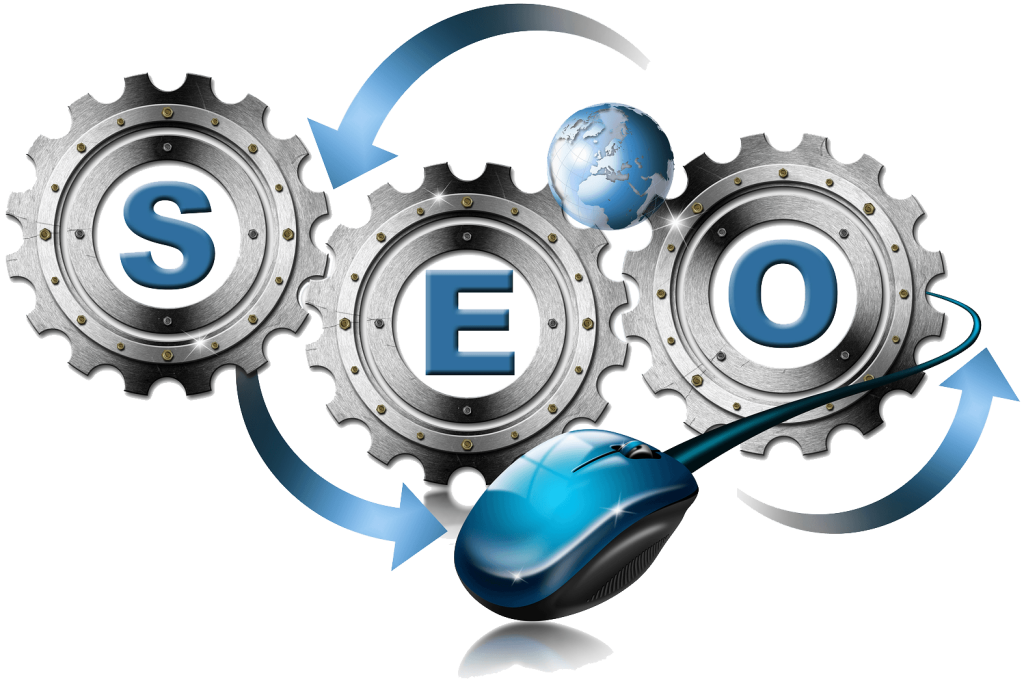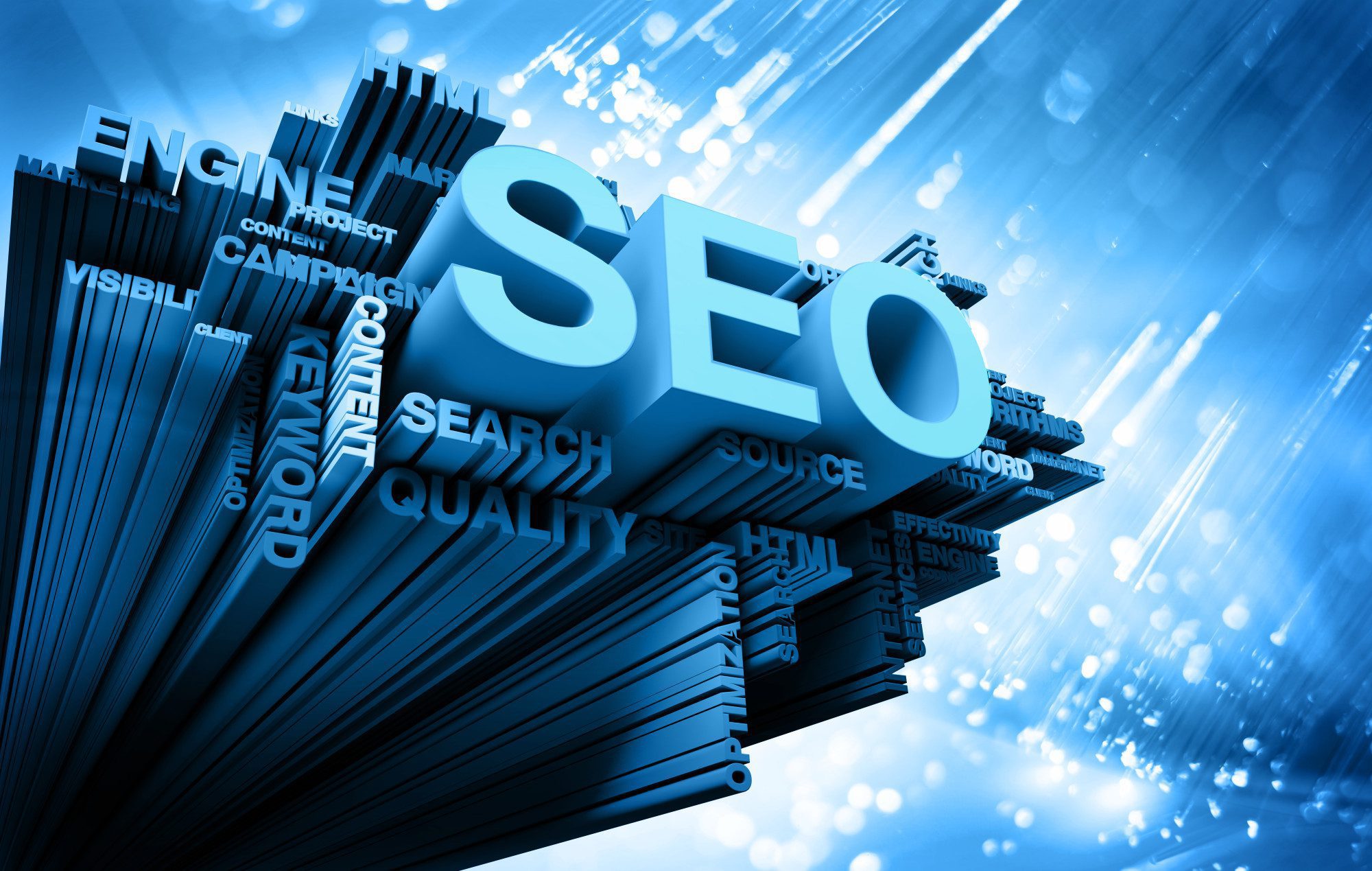
In an increasingly digital-first world, website speed has become a non-negotiable factor for achieving online success. A slower website not only frustrates users but can also significantly hurt your search engine rankings and organic traffic. Search engines like Google place great emphasis on fast-loading websites, rewarding them with higher rankings. That’s why optimizing your site speed is one of the most valuable steps you can take to improve SEO performance and user experience.
In this guide, we’ll dive into why website speed matters for SEO, and break down proven strategies to speed up your site. Let’s get started!
Why Website Speed is Critical for SEO
Website speed is more than just a technical metric—it directly impacts user satisfaction and your competitive positioning in search rankings. Here’s why:
- Enhanced User Experience: Users prefer websites that load quickly. If your site is slow, they may leave before exploring, resulting in higher bounce rates.
- Higher Search Engine Rankings: Google explicitly considers website speed as a ranking factor, meaning faster websites perform better in search results.
- Mobile Optimization: With mobile traffic surpassing desktop usage, ensuring fast load times on smartphones is essential for mobile SEO success.
Step-by-Step Guide to Boosting Website Speed
1. Choose a Reliable Web Hosting Provider
Your web hosting provider serves as the foundation for website performance. Opt for a hosting plan that includes features such as SSD storage, fast server response times, and caching tools. Consider managed hosting solutions for superior performance and reliability.
2. Optimize Images and Multimedia Files
Oversized images and media files are common culprits behind slow websites. To address this:
- Use image optimization tools like TinyPNG or ImageOptim to compress images without losing quality.
- Implement lazy loading so images and videos only load when needed.
- Choose modern file formats such as WebP for smaller sizes and faster delivery.
3. Minimize HTTP Requests
Each element on your webpage (images, scripts, stylesheets) creates an HTTP request. Fewer requests mean faster loading times. Simplify your website by:
- Combining CSS and JavaScript files into fewer files.
- Using browser caching to store files locally.
- Revisiting your site’s design to eliminate unnecessary elements.
4. Enable Browser Caching
Browser caching allows users’ browsers to store static files locally, reducing the need to reload them on repeat visits. Configure caching via plugins like W3 Total Cache (for WordPress) or through server settings for other platforms.
5. Implement Accelerated Mobile Pages (AMP)
AMP is a framework designed to create lightweight, fast-loading pages for mobile users. By using AMP, you can enhance your site’s loading speed on mobile devices and potentially improve rankings in mobile search results.
6. Use a Content Delivery Network (CDN)
A CDN improves speed by distributing your site’s content across multiple servers located worldwide. This reduces server load and delivers pages faster to users, regardless of their location. Popular options include Cloudflare, Akamai, and KeyCDN.
7. Regularly Monitor and Test Performance
Analyzing your site’s speed helps pinpoint specific optimization opportunities. Use tools like Google PageSpeed Insights, GTmetrix, or Pingdom. Address issues flagged in these tools to keep your site running efficiently.
Frequently Asked Questions (FAQs)
What is the ideal website load time for SEO?
The ideal load time is under 3 seconds. Websites that load within this timeframe see better user engagement, lower bounce rates, and improved rankings in search results.
How does website speed affect bounce rates?
Studies show that a 1-second delay in page load time can lead to a 32% increase in bounce rates. Faster sites encourage users to stay longer, explore more, and engage with your content.
Conclusion
Website speed optimization is a vital part of enhancing both your users’ experience and your SEO performance. By implementing the strategies outlined in this guide, you’ll achieve faster loading times, higher search engine visibility, and ultimately attract more organic traffic.
Start today by analyzing your site speed, addressing performance bottlenecks, and committing to continuous improvement. Remember, a faster website isn’t just a win for SEO—it’s a win for your audience and your business.
Ready to take action? Pick one strategy from this guide and implement it today to accelerate your site’s speed and success.
Need expert help optimizing your website speed? Contact us for a free consultation

